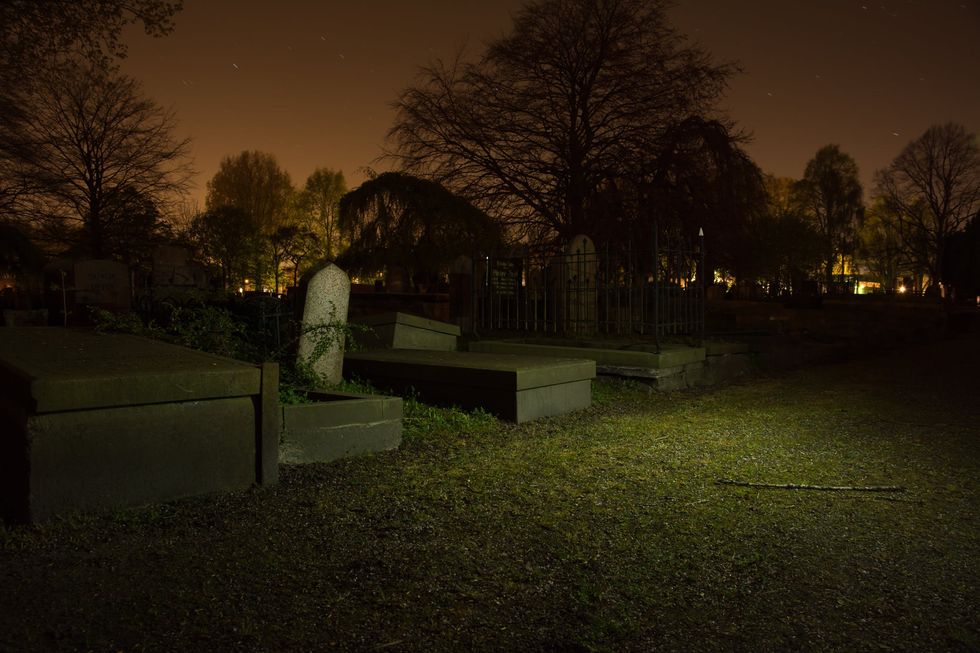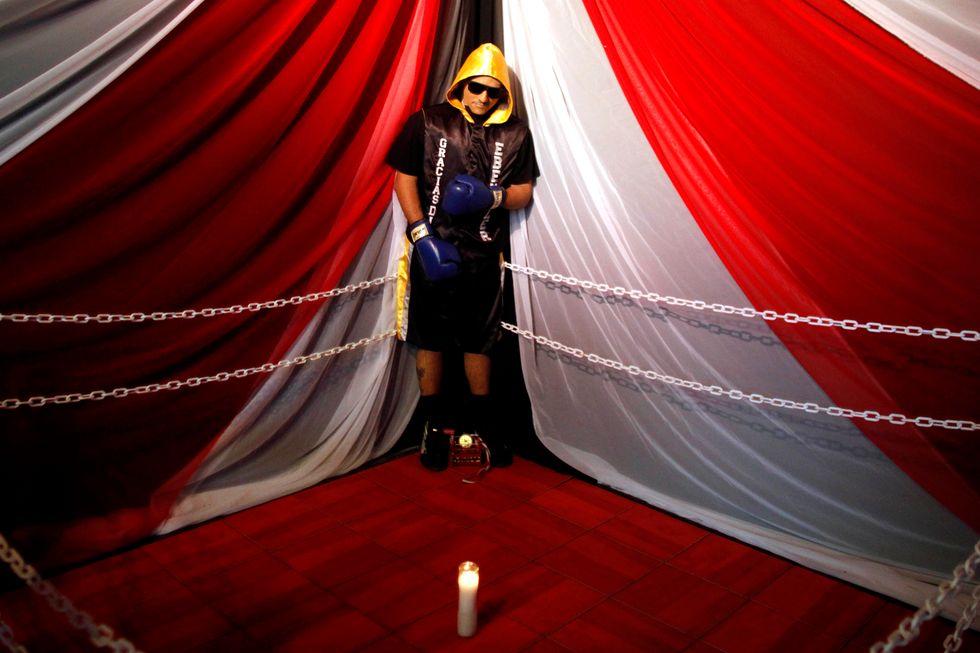Cadavers are fascinating things: waxy likenesses emptied of that eerily invisible something that forms the division between being and object. It’s no wonder there have been some bizarre goings-on with them over the years. So, in no particular order: five of the most curious things people have done with dead humans. (Don’t worry! Necrophilia’s not on here! Well, not really.)
1. At their own funerals.
Based on records from funeral homes, apparently it’s a growing trend to let the dead pay their own respects, setting them up in life-like poses along with the rest of the mourners. The bodies are often dressed in their Sunday best, otherwise their favorite sports jerseys, drink in hand or else leaned up against the wall to give the impression of standing independently.
One boxer Christopher Rivera Amora, made an appearance in boxing gloves, with an extravagant set of a ring configured around him; another, Willie Stokes, Jr., spent his funeral in a casket model of a mini Cadillac Seville, complete with a real license plate engraved with his nickname, “Wimp.” Arguably the most interesting, however, was Chadil Deffy’s wedding-slash-funeral, in which he finally tied the knot with his girlfriend right before putting her in the ground. One has to wonder exactly how a corpse consents to marriage, or if they used the popular line “until death do you part” (which would make them possibly the first couple to be effectively divorced before their marriage), but if you just ignore that, it does come off as rather … sweet?
2. Shot through with electricity. For viewing pleasure.
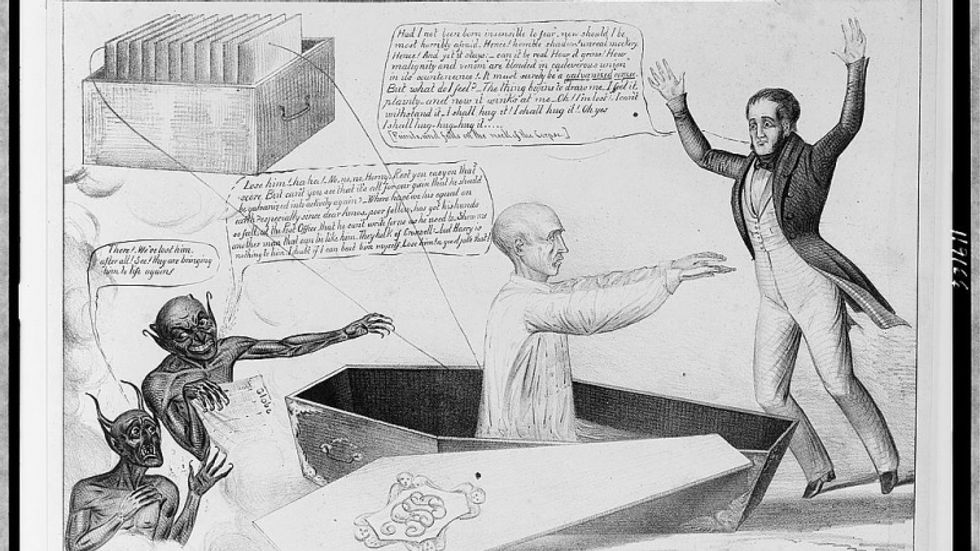
In the 1780s, Luigi Galvani discovered that with enough electrical stimulation, he could make the legs of recently-deceased frog jiggle and jump like something out of Frankenstein, promptly titling the phenomenon “galvanism.” Nearly two decades later, a rather creative scientist by the name of Aldini caught wind of the experiments and thought he’d found the perfect way to make a quick buck. He took the corpse of a hanged convict, George Foster, and traveled from town to town, blasting it full of electricity in front of crowds of gawking spectators. For a little while, apparently, the shows fell on the boring side, with Aldini only able to inspire a few spontaneous twitches and jerks out of his departed partner. With a bit of practice, however, he was soon able to make the corpse perform a trick or two, mainly thrusting a triumphant fist into the air.
Evidently, the public was growing progressively more terrified that the corpse might actually spring back to life (it was, after all, the 1800s). The papers, however, reassured them: Foster’s sentence had been to “hang by the neck until dead” — if he returned, he would simply go straight back to the gallows and take this whole ordeal as a minor hiccup in the execution process.
3. Polyandrous, inter-corpse marriage.

One particularly attractive corpse, Ms. Wu, actually married twice. The first time was your standard, traditional affair; her family even walked away with a decent dowry. The second time, however, she was stolen from her grave and hastily wedded to a second departed suitor (albeit for less money this time; evidently rot hurts the bridal value).
Even though the tradition has faded away almost entirely, there apparently remains a black market for attractive female corpses — some traders even going so far as to murder young women to sell their to grieving families, with one even declaring the murder to be an easier and simpler affair than grave robbing.
4. The world's strangest bromance: pathologist and 116-year-old brain cubes.
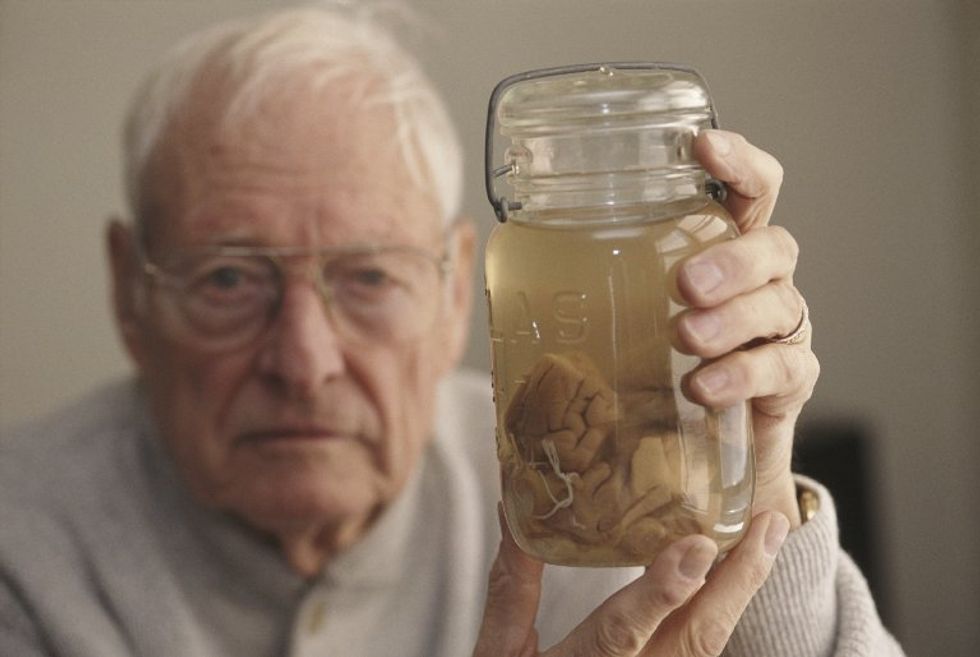
Harvey, however, had other ideas. He left Princeton and chopped the brain up into a multitude of cubes, which he (sweetly?) took everywhere he went for the next 40 years. He would occasionally send a few cubes to other scientists upon request, generally in miscellaneous food containers, and constantly proclaim to the on the verge of some hazy, ill-defined “breakthrough,” until he sheepishly revealed it to a curious journalist.
The eyes still sit in a vault in New York City. Honestly, I’m not sure I want to know what they’re planning on doing with them.
5. Posthumous crucifixion.
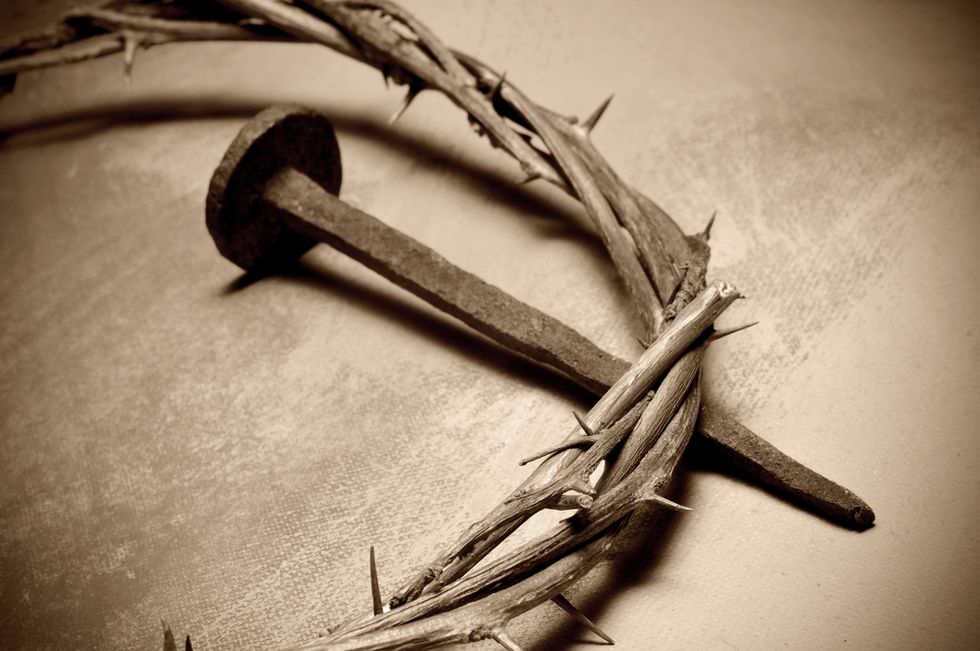
Curiously, he wasn’t the only one to try this. Decades later, another scientist by the name of Frederick Zugibe took another crack at authenticating burial shroud markings, this time with both dead bodies and live ones.
Photos available here, if you’ve got a strong stomach.

